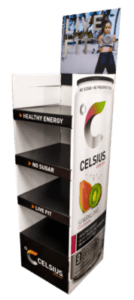Home » Temporary vs. Permanent POP Displays: Pros and Cons
Temporary vs. Permanent POP Displays: Pros and Cons
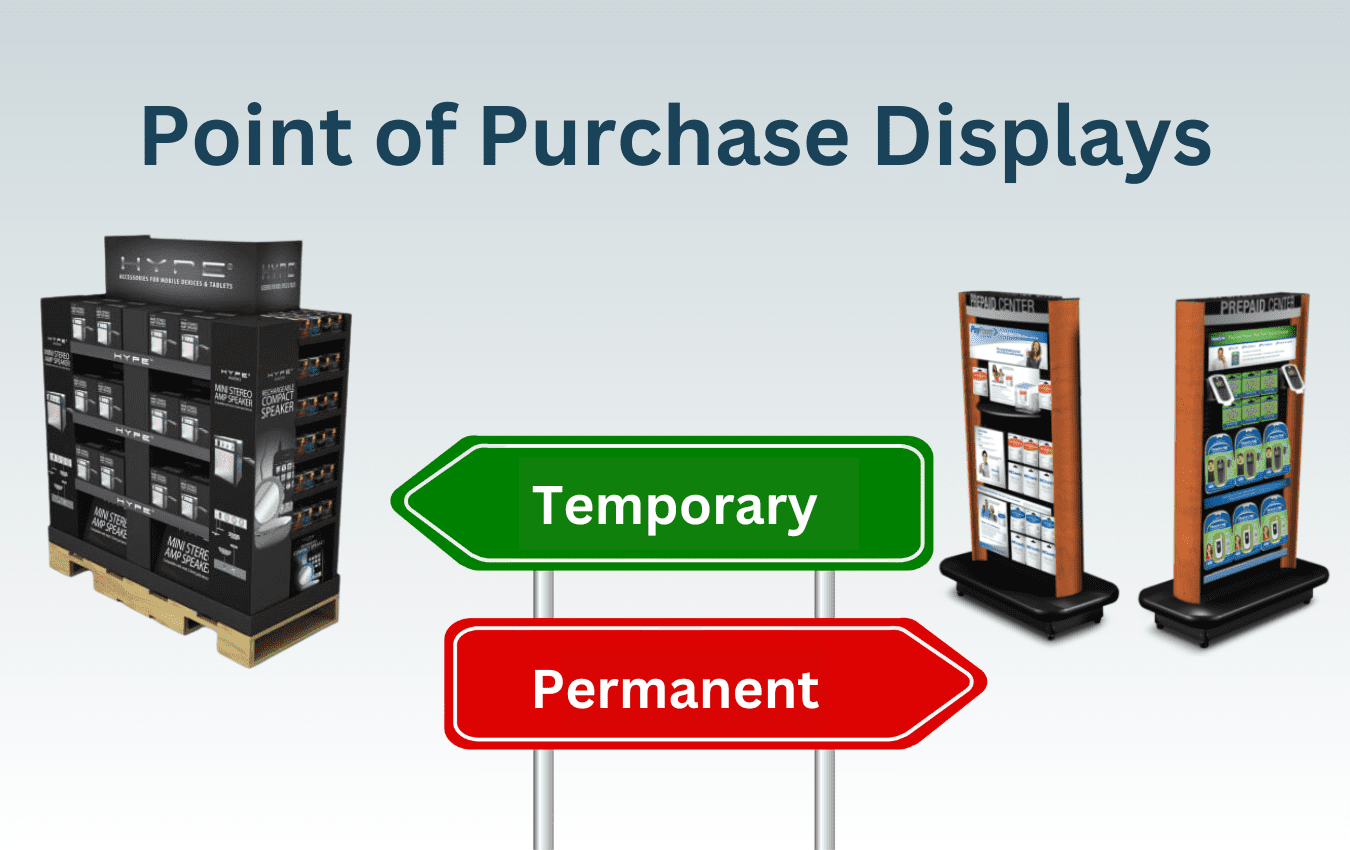
In the intricate world of retail, Point-of-Purchase (POP) displays play a critical role in influencing consumer decisions and driving sales. When it comes to choosing between temporary and permanent POP displays, retailers face a crucial decision that can significantly impact their marketing strategy and brand visibility. Each option comes with its own set of advantages and drawbacks, making it essential to understand the pros and cons of both approaches.
Temporary POP Displays
Pros
- Flexibility: Temporary displays are ideal for short-term promotions, seasonal campaigns, or product launches. They can be quickly set up and removed, allowing retailers to adapt to changing marketing strategies.
- Cost-Effective: These displays often require lower upfront costs, making them suitable for brands with budget constraints.
- Variety: Temporary displays come in various shapes, sizes, and materials, providing room for creativity and experimentation.
Cons
- Limited Durability: As the name suggests, temporary displays are not built for long-term use and may not withstand heavy wear and tear.
- Brand Consistency: Achieving consistent branding can be challenging across various temporary displays, potentially affecting brand recognition.
- Environmental Impact: Frequent replacement of temporary displays can contribute to waste and environmental concerns.
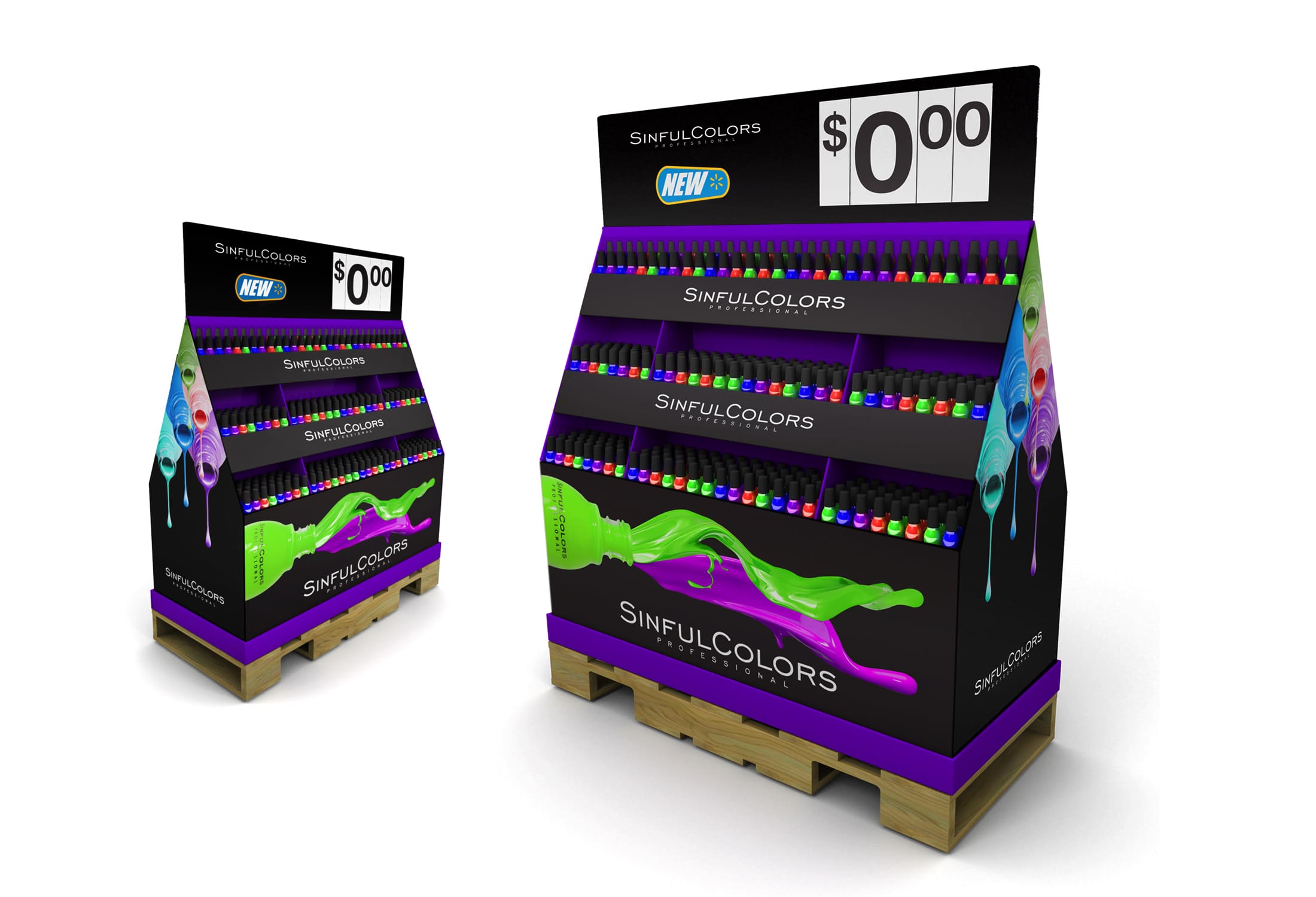
Permanent POP Displays
Pros
- Durability: Permanent displays are designed to withstand continuous use and are suitable for long-term campaigns. They offer a more robust solution that can last for years.
- Consistent Branding: Permanent displays offer a consistent brand image throughout the store, enhancing brand recognition and customer familiarity.
- Sustainability: While they may involve higher upfront costs, permanent displays can be more environmentally friendly in the long run due to their extended lifespan.
Cons
- Higher Costs: Permanent displays often require a larger investment upfront, including design, manufacturing, and installation expenses.
- Limited Flexibility: Once installed, making changes to permanent displays can be challenging and costly.
- Space Considerations: Permanent displays require dedicated space within the store, limiting flexibility in layout changes.
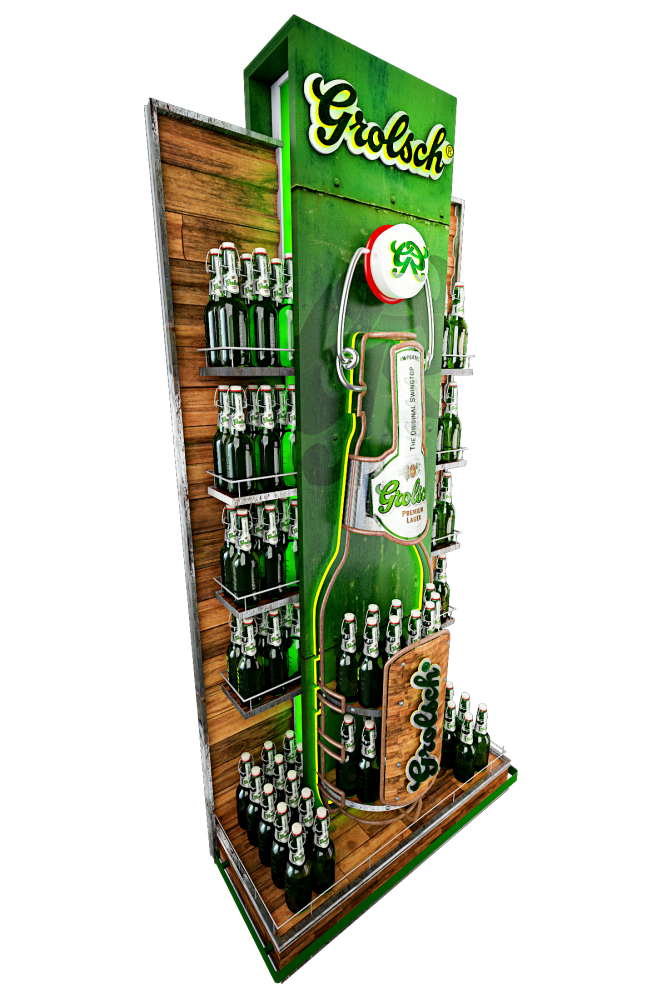
Making the Right Choice
The decision between temporary and permanent POP displays ultimately depends on your specific goals, budget, and brand strategy.
Temporary Displays Are Ideal When:
- You have short-term promotions or seasonal campaigns.
- You want to test different display concepts and measure their effectiveness.
- Budget constraints are a concern.
- You want to keep your displays fresh and engaging by frequently updating them.



Permanent Displays Are Ideal When:
- You have a consistent brand message that you want to convey throughout the year.
- You’re looking for a long-term solution that offers durability and sustainability.
- You have the budget for upfront investment and are willing to commit to a more substantial display presence.
- You want to establish a strong and recognizable brand presence within the store.


A Hybrid Approach
In some cases, it may be beneficial to opt for a hybrid approach, combining both temporary and permanent displays to leverage the strengths of each. For instance, permanent displays can serve as the foundation, while temporary displays are used for specific promotions or new product launches.
If you are interested in pop displays, then partner with Brown Packaging today to get started.
RSC boxes are known for their efficiency and versatility, but their performance ultimately comes down to strength. Buyers often see numbers like ECT, BCT, and
In packaging, foam isn’t just about initial protection — it’s about maintaining performance over the entire shipping or storage cycle. Compression set and recovery characteristics
Pouches are a go-to for flexibility and convenience, but they can fail in critical ways—from poor seals to punctures and delamination—that hurt performance and brand
In the retail environment, the placement of Point of Purchase (POP) displays is just as critical as their design and content. Strategic positioning can significantly
Choosing the right foam density isn’t about “soft” versus “hard” — it’s about controlling shock transmission and matching the foam’s cushioning curve to the product’s
Moisture resistance and dimensional stability are critical performance factors for custom inserts, especially when products are shipped or stored in variable climates. Both foam and
Home » Temporary vs. Permanent POP Displays: Pros and Cons
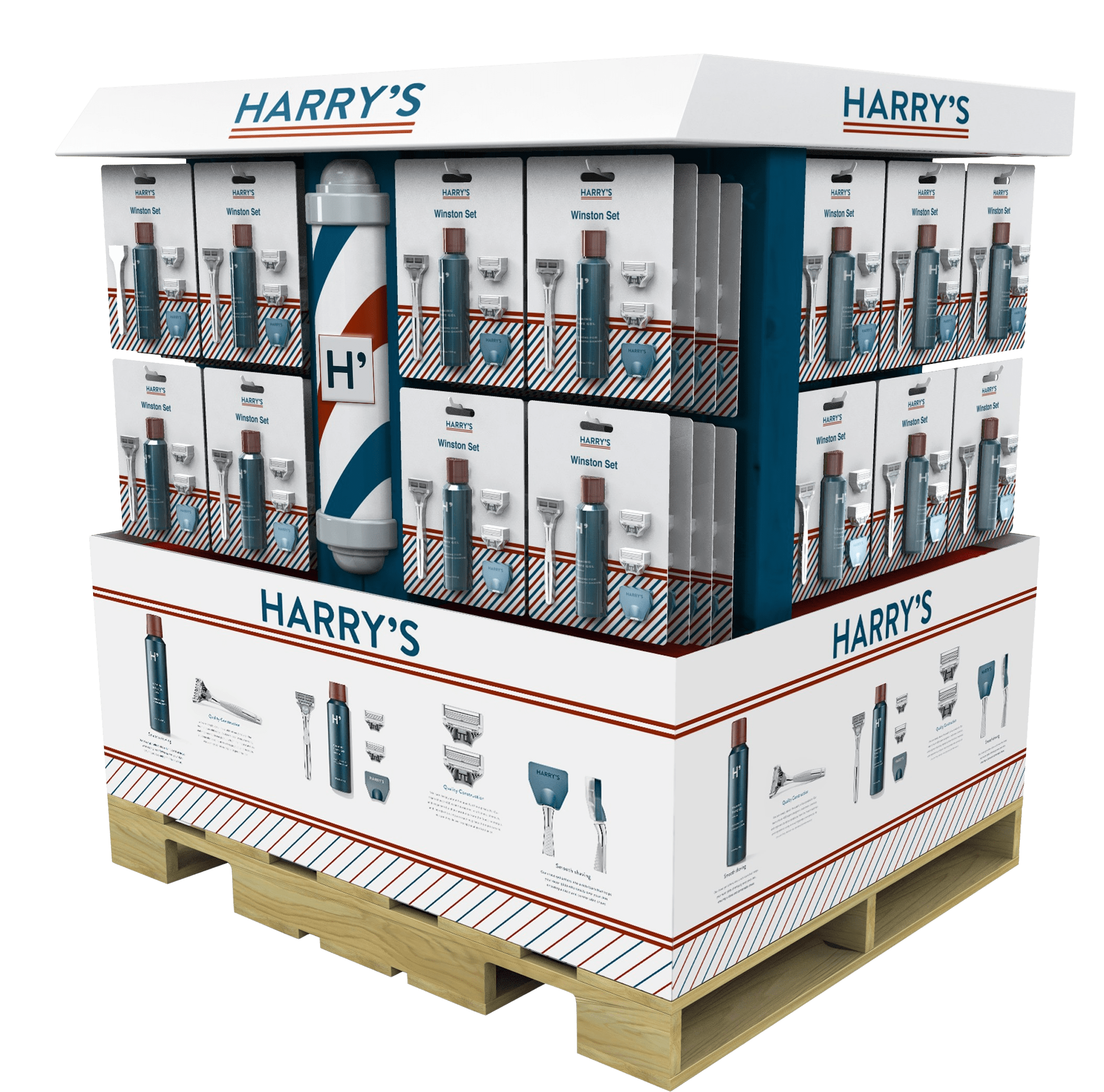
Point of Purchase (POP) displays are a key element in influencing consumer decisions at the critical moment before purchase. The effectiveness of these displays can
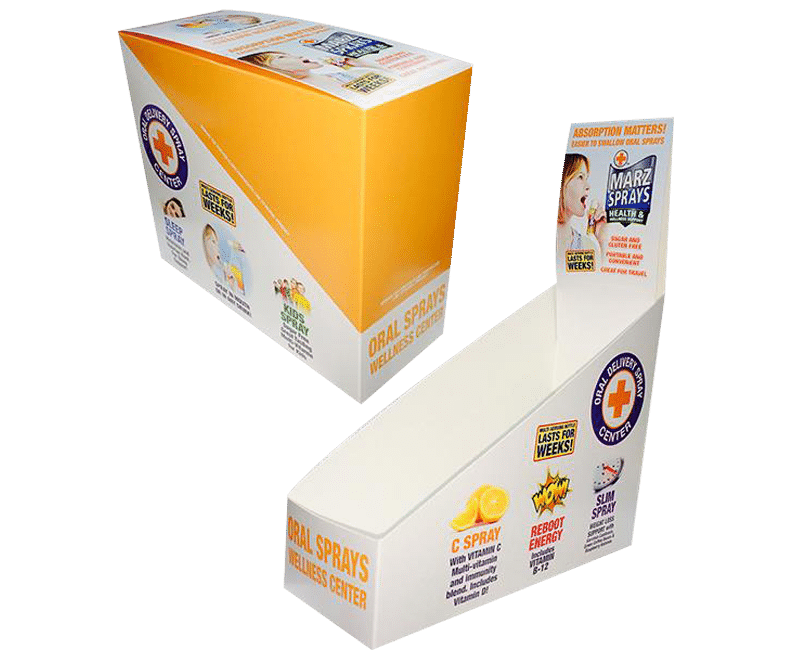
The design and prototyping phase is a pivotal step in the creation of a Point of Purchase (POP) display. It’s where the conceptual groundwork laid
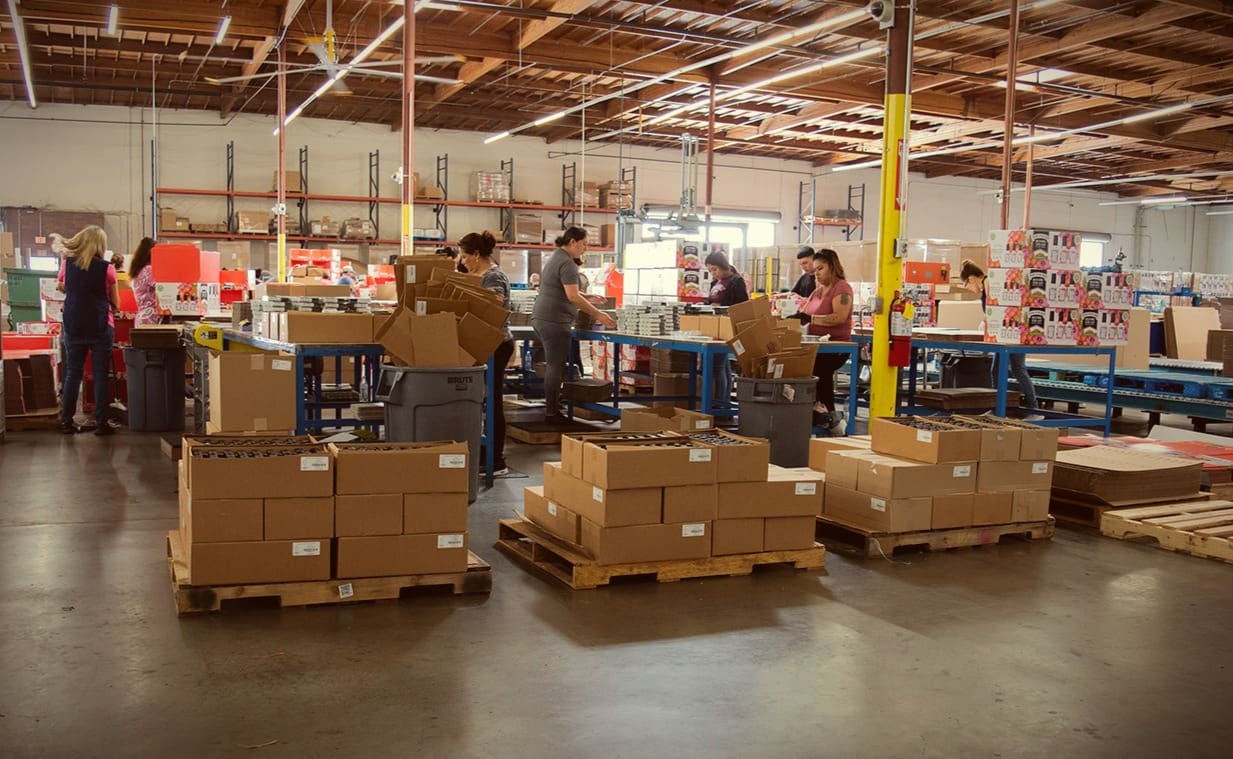
The retail landscape is in a constant state of evolution, shaped by dynamic consumer behaviors and emerging trends. As consumer preferences continue to shift, retailers


